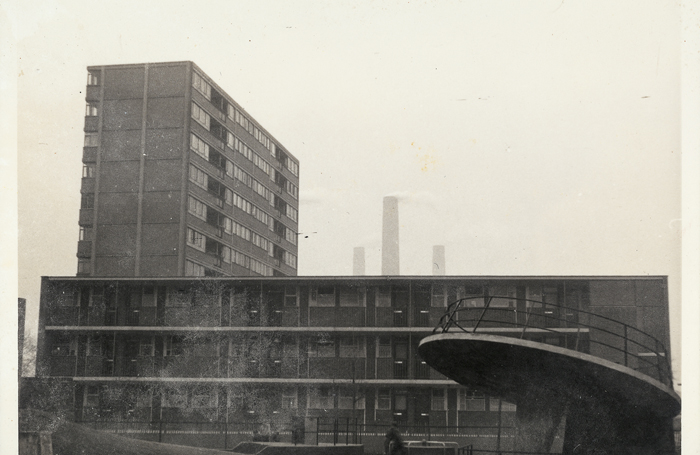May Mo(u)rn: transitional spaces in architecture and psychoanalysis – a site-writing
Prof Jane Rendell, The Bartlett School of Architecture, University College London
Awards RIBA President's Awards for Research 2018
Category History & Theory

How do external, material environments and the inner worlds of emotion, imagination and memory influence each other? This research aims not only to use psychoanalysis as a theoretical tool for interpreting architecture; but instead to show how a knowledge of psychic processes can help to understand the design and use of buildings.
Drawing on the practice of architectural history as a form of site-writing, the research develops several different strands of enquiry – each with a distinctive ‘voice’ – interweaving them throughout the essay.
Addressing the architectural concept of the ‘social condenser of a transitional type’, the research traces this idea’s progress from the Narkomfin Communal House in Moscow (1928-29), to Le Corbusier’s Unité d’Habitation in Marseilles (1947-52), to the Alton West Estate in London (1954-58). At the same time, with reference to the work of Sigmund Freud, D.W. Winnicott, André Green and Jean Laplanche, the research investigates the inherently spatial vocabulary of psychoanalysis, in particular notions of the transitional space of the ‘setting’.
This physical and psychic scene of the psychoanalytic encounter is shown to offer new approaches for understanding relationships between subjects, objects, concepts and sites in architectural historical research and practice.
This essay is woven together out of three transitions composed of specific image-text relations: a sequence of theoretical insights drawn from psychoanalysis concerning the transitional spaces which exist in the relationships between subjects and objects sit alongside a series of transitions from one architectural space to another.
These two are joined by a third strand, which narrates the discovery of an arts and crafts building in London’s green belt and the photographs of modern architecture found within it, aiming to situate this discussion of architectural and psychoanalytic transitional spaces to London's current housing crisis.






